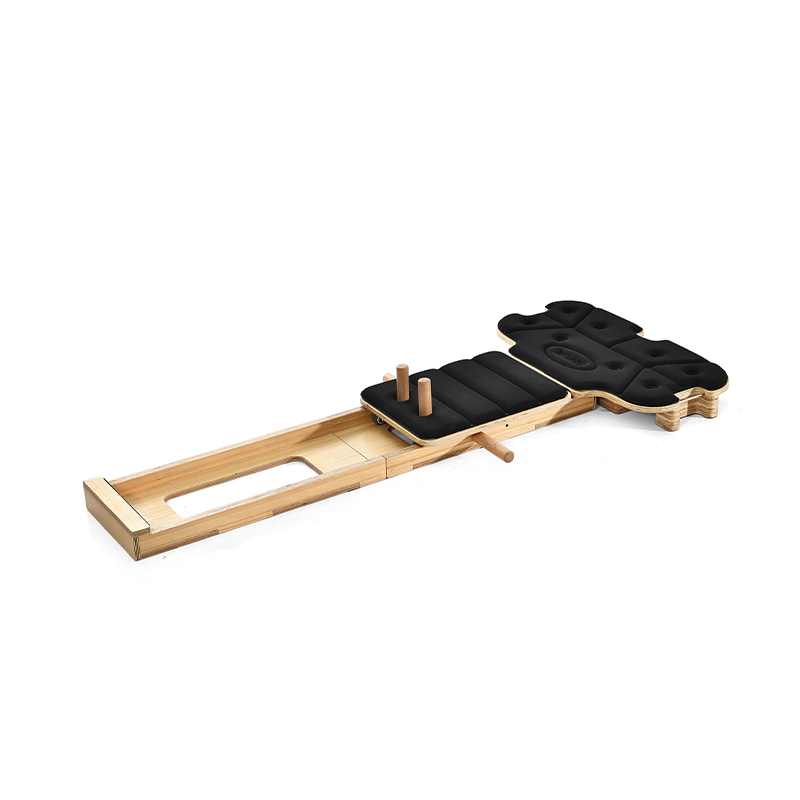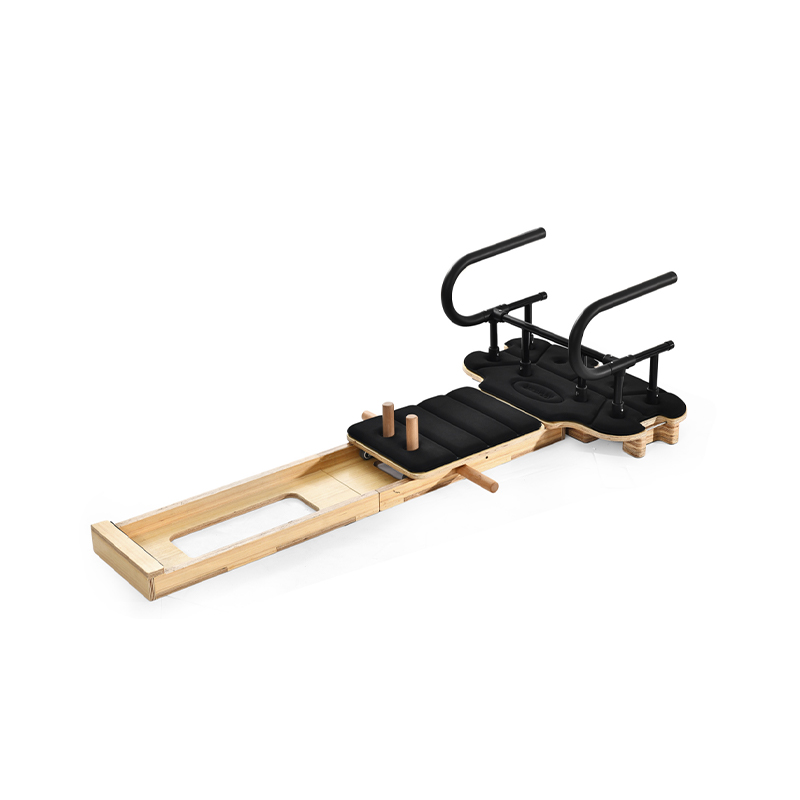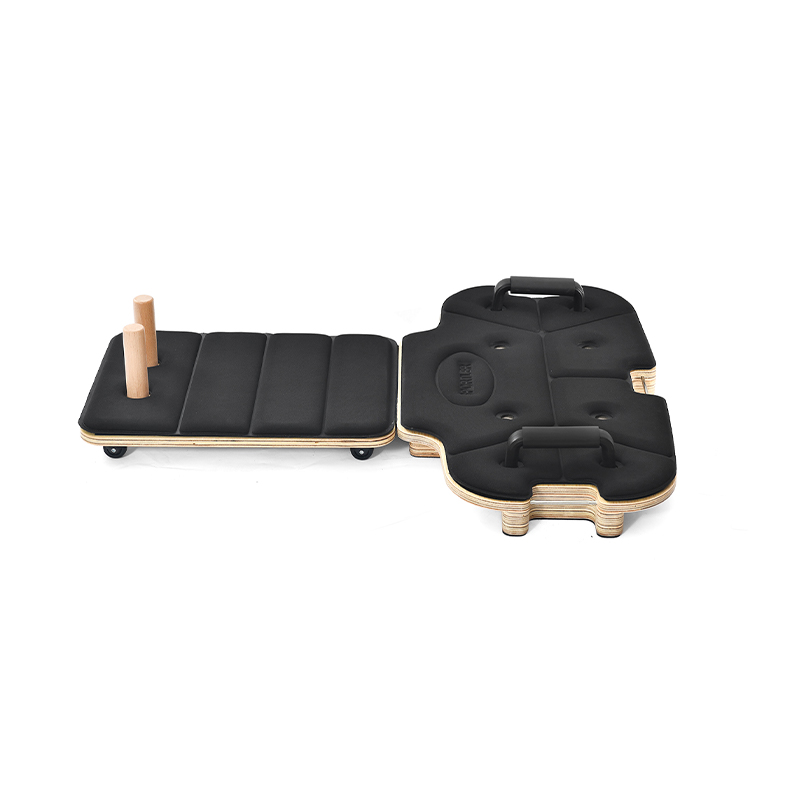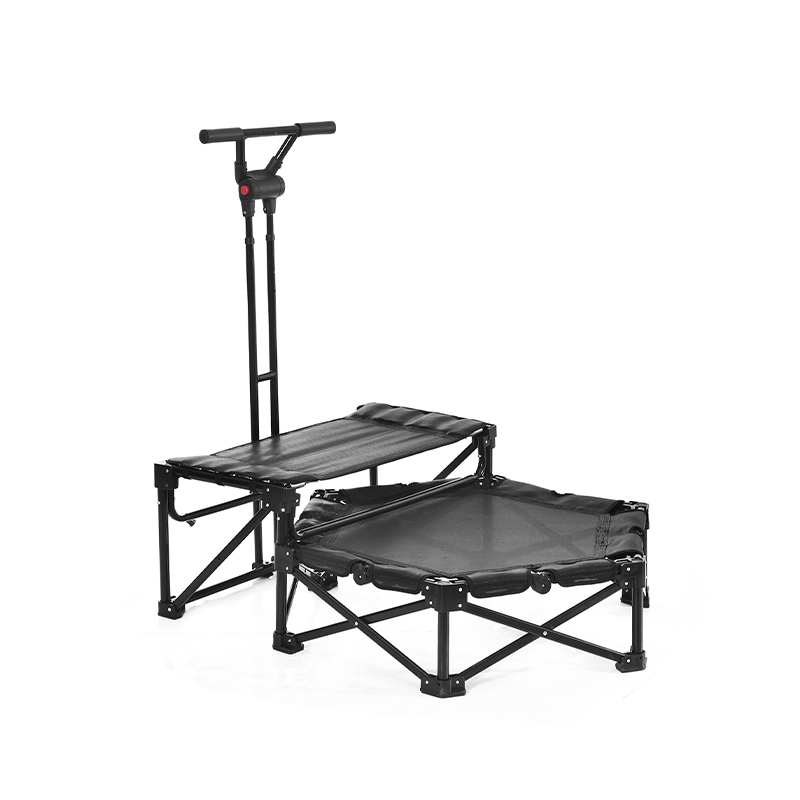The large sport gymnastic fitness workout ball, commonly referred to as a stability ball or exercise ball, is a multifunctional training tool widely used in gyms, fitness studios, and home exercise settings. Known for its simplicity and adaptability, this ball helps users improve balance, core strength, coordination, and flexibility through a variety of bodyweight-based exercises.
Constructed from durable, anti-burst materials, the workout ball is designed to support body weight and maintain its shape during use. Its size allows for full-body interaction, enabling exercises in both seated and lying positions. The ball’s surface usually features a non-slip texture, promoting safety during dynamic or static movements.
One of the primary uses of the gymnastic ball is core engagement. Movements such as crunches, back extensions, and leg lifts performed on the ball require constant stabilization, activating deep abdominal and spinal muscles. This helps enhance posture, balance, and overall core endurance, which can translate into improved performance in daily activities and sports.
In addition to core work, the large ball supports a full-body workout. Users can perform exercises like wall squats, push-ups, hamstring curls, and glute bridges, using the ball as either a support surface or a resistance challenge. The instability of the ball encourages controlled movements and activates supporting muscles that are often neglected in traditional workouts.
For flexibility and mobility training, the ball can be used to gently stretch the back, hips, chest, and shoulders. Reclining over the ball or using it to assist in rotational stretches helps increase range of motion while providing a comfortable, cushioned surface. Many users incorporate the ball into yoga or Pilates sessions for support and variation.
The large gym ball is also a helpful tool in rehabilitation and physical therapy. It allows patients recovering from injury to perform low-impact exercises that strengthen muscles and joints gradually. Its soft surface reduces pressure on sensitive areas, making it suitable for improving joint stability, especially in the spine, hips, and knees.
At home or in the gym, the workout ball can also serve non-exercise purposes. Many people use it as a replacement for a desk chair, encouraging active sitting and better posture throughout the day. The constant micro-adjustments required to stay balanced can contribute to long-term spinal support and improved body awareness.
Choosing the right size is important. Ball sizes vary to accommodate different heights and leg lengths. A proper fit allows users to sit on the ball with knees at a right angle and feet flat on the floor. Correct inflation is also essential — an under- or over-inflated ball can affect stability and exercise effectiveness.
Maintenance involves keeping the ball clean and free from sharp objects that could cause punctures. Regular checks for wear or damage are recommended to ensure safe use over time. more fitness balls come with a hand pump for convenient inflation and deflation when needed.
In summary, the large sport gymnastic fitness workout ball offers a practical and versatile solution for full-body conditioning, stretching, rehabilitation, and even posture improvement. Whether used for active workouts or as part of a supportive sitting routine, it remains a reliable tool for building body control, functional strength, and physical awareness.


 English
English русский
русский Español
Español







